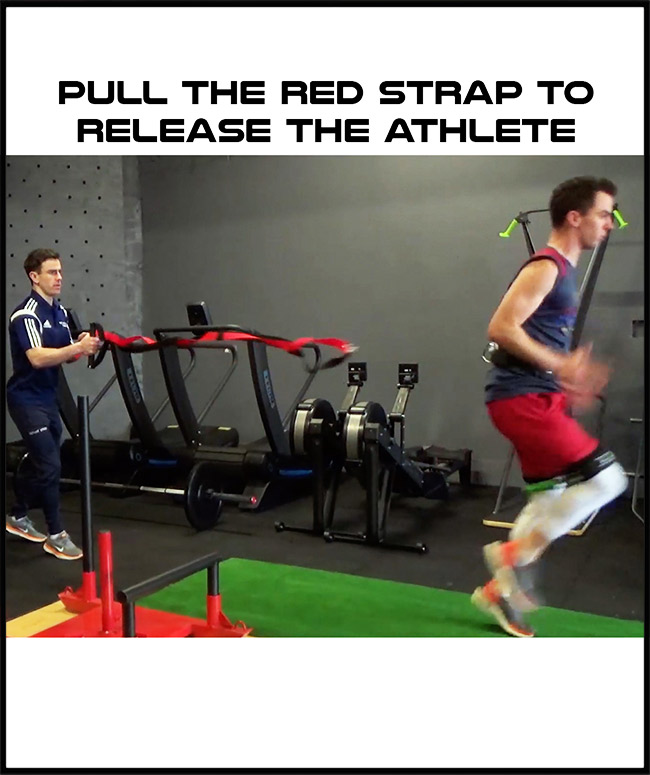


#BREAKAWAY SPEED SERIES#
Hockey does not entail skating non-stop for miles at a time, and even if you do cover some mileage across an entire game, those miles are accumulated through a series of short-duration sprints interspersed by low-speed/low-intensity glides. This is the antithesis of hockey-specific training. I know it’s hard to conceptualize the idea that all those miles on the road won’t make you a better hockey player, but they won’t-and they never will. Even worse, you might take a few steps backward and get injured, leaving you in a place worse off than when you started. No matter how hard you train on a misguided program, you will still get sub-par results. This is a sad situation because it’s terrible to find out you have applied a lot of effort in the wrong direction. This is also why you often see hockey players exercise without seeming to receive any true on-ice benefit from it-and if they do, it’s very little compared to what they expected given their effort level.

Hockey is a sport with a long and rich history, and any sport that has been around this long will have “old-school” training methodologies that just won’t die, because instead of reading updated sports science literature, coaches just repeat what their coach told them to do 20 years ago.Īlthough they mean well, this takes their players way off track with respect to reaching their hockey potential. It is routine practice for me at the beginning of every off-season to explain to parents, players, and coaches that long-distance endurance running will not contribute to on-ice skating speed. Hockey players everywhere are suffering from a similar fate:


 0 kommentar(er)
0 kommentar(er)
